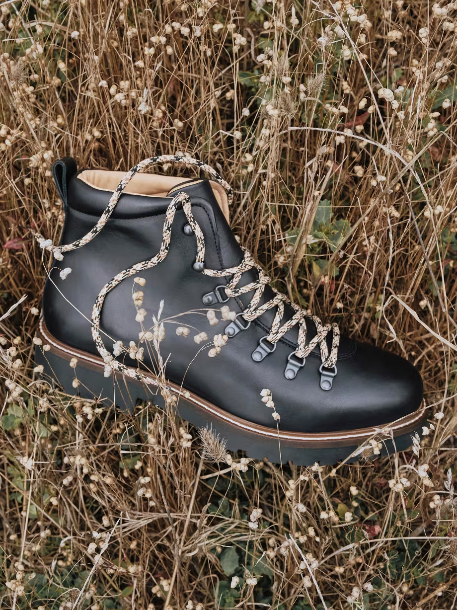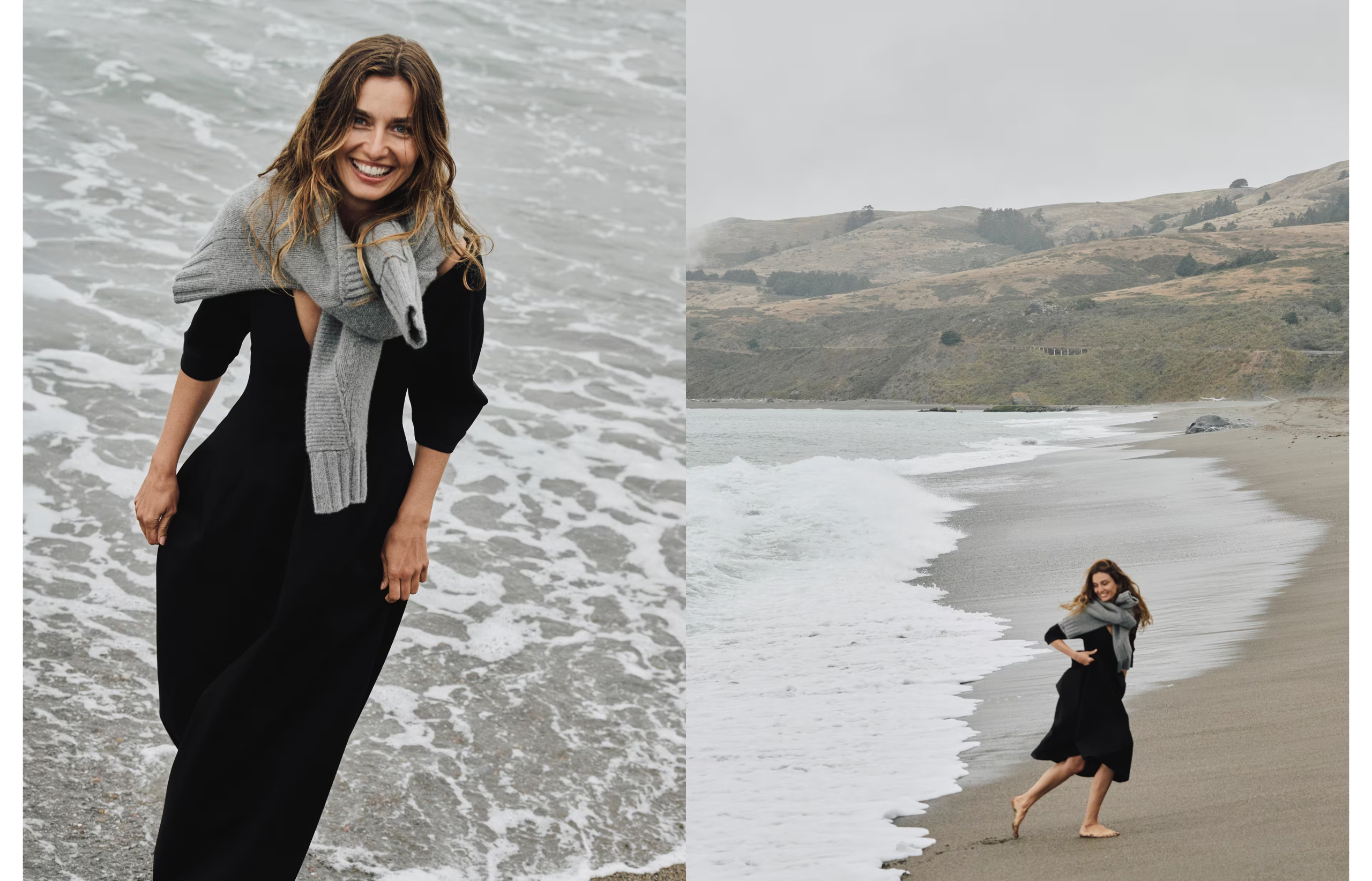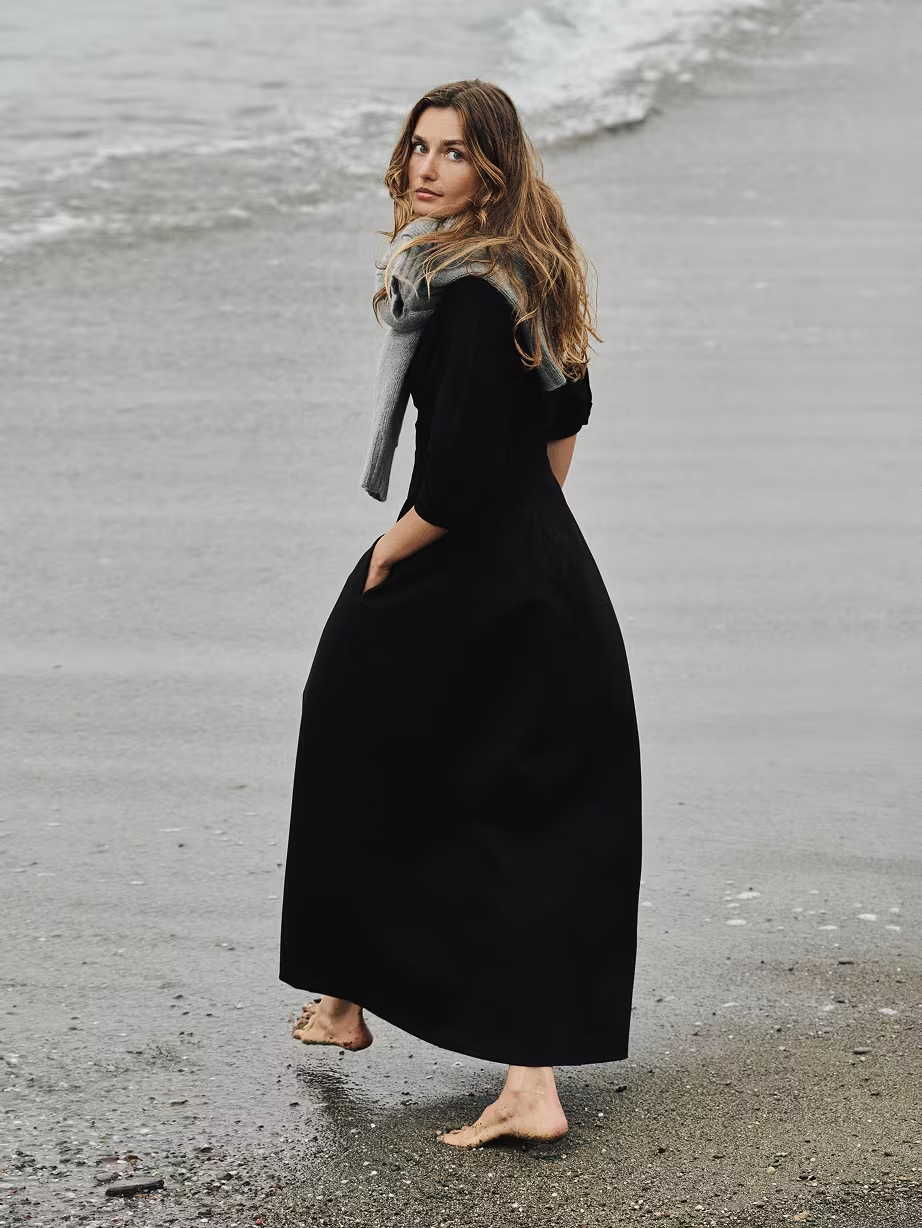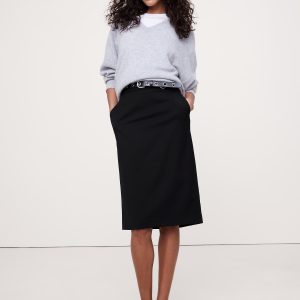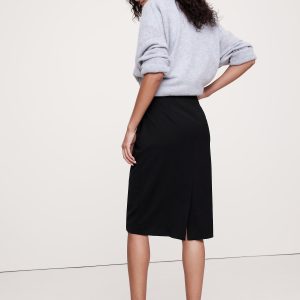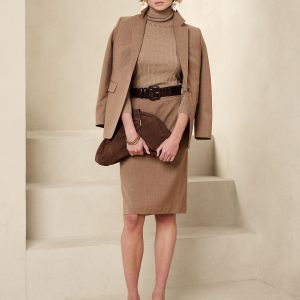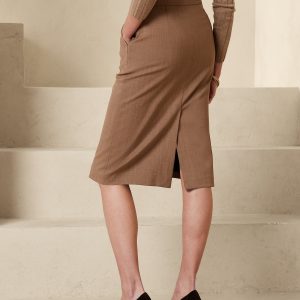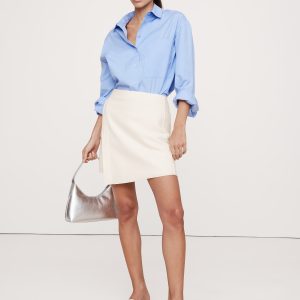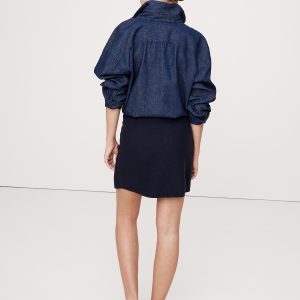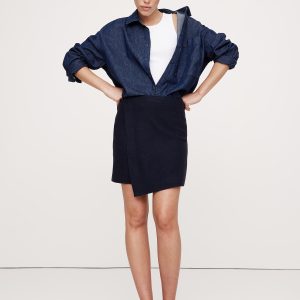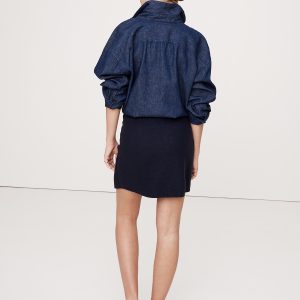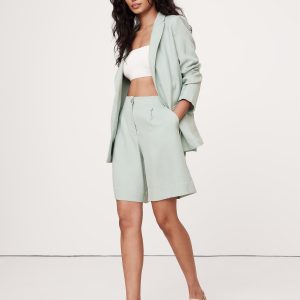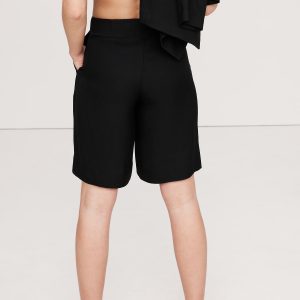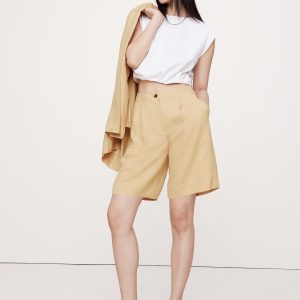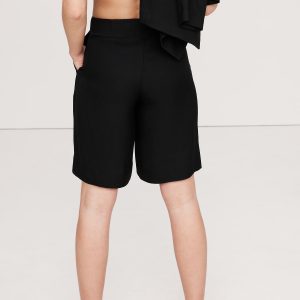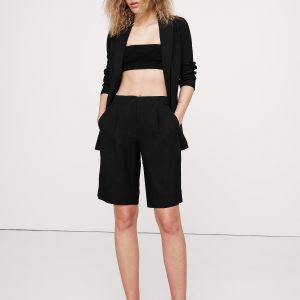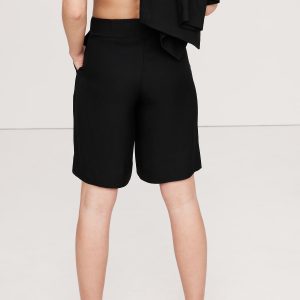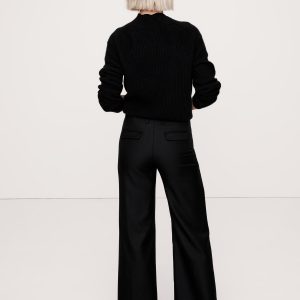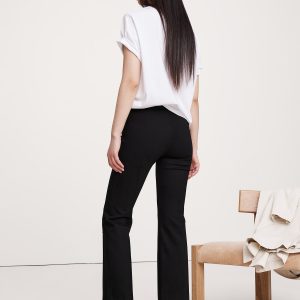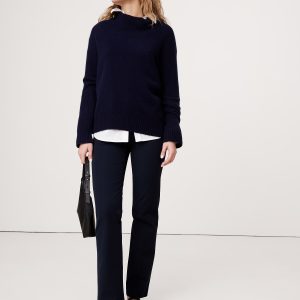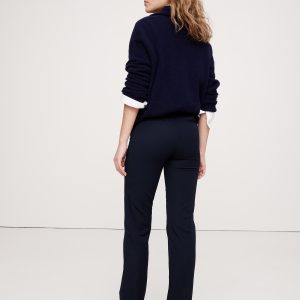Discover classic pieces reimagined for today and inspired by the adventurous spirit of our archive- clothing made to go places and last decades.
Just for You
A personal curation of new arrivals and product recommendations.
The Silent Language: How Clothing Shapes Our World
Fashion is often dismissed as mere frivolity, a revolving door of fleeting trends catering to vanity. Yet, to view clothing solely through the lens of seasonal whims is to misunderstand its profound, enduring influence. What we choose to wear is, in fact, one of humanity’s most powerful, albeit silent, forms of communication. It is a universal language, spoken without uttering a single word, weaving a complex tapestry of personal identity, cultural belonging, and societal aspiration.
The act of dressing is never neutral. Every garment, every texture, every hue is a deliberate choice, broadcasting a message about who we are, or who we wish to be perceived as. Consider the power suit, a structured silhouette historically adopted to convey authority and competence in professional settings. Or the flowing, natural fabrics chosen by others to signal an affinity for sustainability and a relaxed, earth-conscious lifestyle. These are not just coverings for the body; they are externalized symbols of internal values and ambitions. Our wardrobe functions as a personal mood board, a visual autobiography that changes and evolves as we navigate life’s various stages and roles. It allows us to experiment with identity, to step into a new persona for a day, or to firmly plant ourselves in a specific social context.
Beyond the individual, clothing is an indispensable marker of collective identity and history. Styles that emerge within a community often become potent symbols of solidarity, resistance, or celebration. Think of the distinct forms of dress associated with various subcultures throughout history, from the sharply tailored looks of jazz enthusiasts to the free-spirited ensembles of counter-cultural movements. These shared aesthetics foster a sense of belonging, creating visible tribes bound by shared ideals and tastes. When a style is adopted across a broader population, it can become emblematic of an entire era, a shorthand for the prevailing social, political, and economic atmosphere. The voluminous skirts of one decade, the streamlined simplicity of another, or the casual comfort championed by contemporary digital culture—each is a historical footnote stitched in fabric, telling the story of human evolution and changing sensibilities.
The journey of a single piece of clothing, from raw material to finished product, also reveals the intricate global supply chain that underpins modern consumer culture. This complex ecosystem involves diverse communities, specialized craftsmanship, and immense resources. The material choices made at the design table—whether prioritizing durability, comfort, or sheer aesthetic appeal—have far-reaching ethical and environmental implications. A growing awareness of these connections has spurred a significant movement towards more mindful consumption. People are increasingly seeking transparency, valuing longevity over disposability, and embracing practices like repairing, repurposing, and exchanging garments. This shift is not merely an aesthetic trend; it represents a deep cultural reckoning with the true cost of immediate gratification and an embrace of a more conscientious relationship with the things we wear.
Moreover, clothing often serves as the canvas upon which cultural dialogues are written and rewritten. Traditional garments, for instance, are living artifacts, carrying centuries of storytelling, heritage, and specialized techniques. When these traditional styles interact with contemporary design, new forms of expression emerge that simultaneously honor the past and embrace the future. This cross-pollination enriches the global aesthetic landscape, ensuring that the visual lexicon of human dress remains vibrant and dynamic. Designers and wearers alike become active participants in this ongoing conversation, continually negotiating the meaning of tradition, modernity, and global influence.
In conclusion, the practice of adorning the body with textiles is far more than a simple necessity or a trivial pastime. It is an art form, a historical record, and a crucial sociological tool. It dictates first impressions, signals allegiance, and quietly narrates the stories of our lives and our societies. The next time you choose an outfit, remember that you are not just getting dressed; you are engaging in a sophisticated, centuries-old performance. You are speaking the silent language of the world, making a statement that resonates long after you leave the room. The true power of clothing lies in its capacity to transform the mundane act of covering the body into a profound declaration of self.


